We explain what the plant kingdom is and how they carry out photosynthesis. In addition, its characteristics, reproduction and more.
What is the plant kingdom?
The plant kingdom, also called kingdom plantae (from the Latin "plants"), is one of the six kingdoms of life known , in the contemporary classification carried out by biology . This kingdom includes all plant forms of life , that is, all those immobile multicellular organisms that obtain their energy from photosynthesis.The plant kingdom is one of the oldest identified by man , mainly to oppose it to the animal kingdom (animalia), characterized by movement and by its need to consume organic matter to obtain food.
There is no uniform agreement on what is considered plants and what is not, but broadly the group contains all terrestrial plants and aquatic algae . All these life forms are considered to descend from a primoplantae , which is the name of the first living being that was able to carry out photosynthesis.
Characteristics of the plant kingdom (plantae) :
-
Finished
Cell differentiation
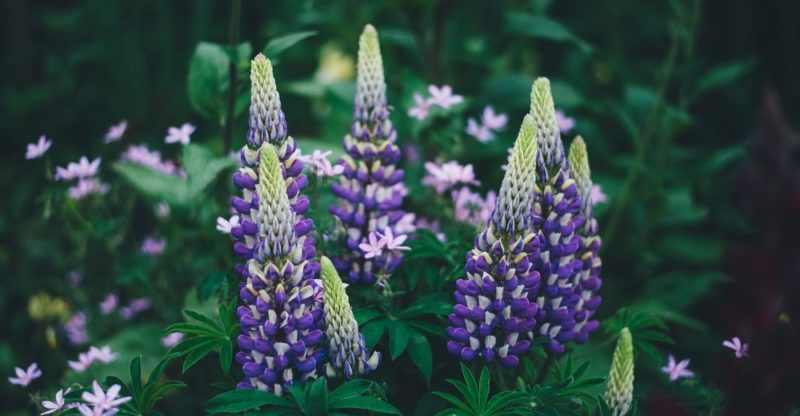
The living beings of the plantae kingdom are multicellular, and their cells are characterized by presenting a cell wall made up of cellulose , an organic polysaccharide similar to certain sugars in the body of animals. In addition, plant cells have chloroplasts, organelles in which they store the chlorophyll essential to carry out photosynthesis and which gives them their characteristic green color.
-
Feeding
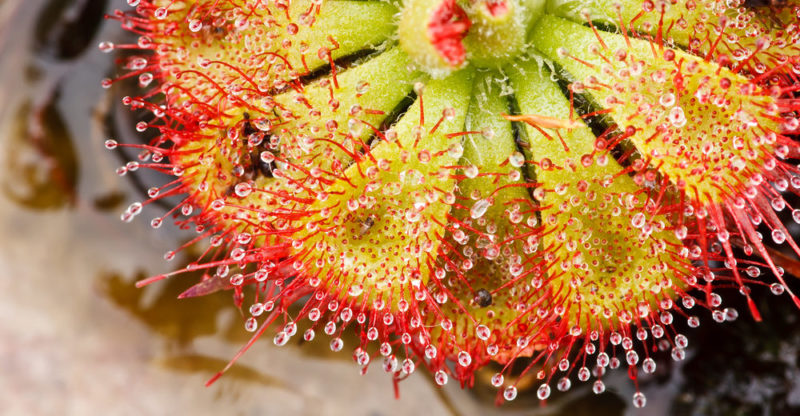 Plants are autotrophic beings , that is, they generate their own food . This is carried out by using the synthesis of light sun (photosynthesis) and the use of inorganic nearby resources, such as water , the salts , minerals and other elements which absorb through their roots.
Plants are autotrophic beings , that is, they generate their own food . This is carried out by using the synthesis of light sun (photosynthesis) and the use of inorganic nearby resources, such as water , the salts , minerals and other elements which absorb through their roots.There are, however, other forms of plants capable of feeding on other living beings , such as "carnivorous" plants, which have organelles to attract and capture insects , and then digest them to take advantage of their nutrients.
Plants are also capable of breathing , just like animal beings, to stay alive at night, when there is no sunlight to synthesize.
Immobility
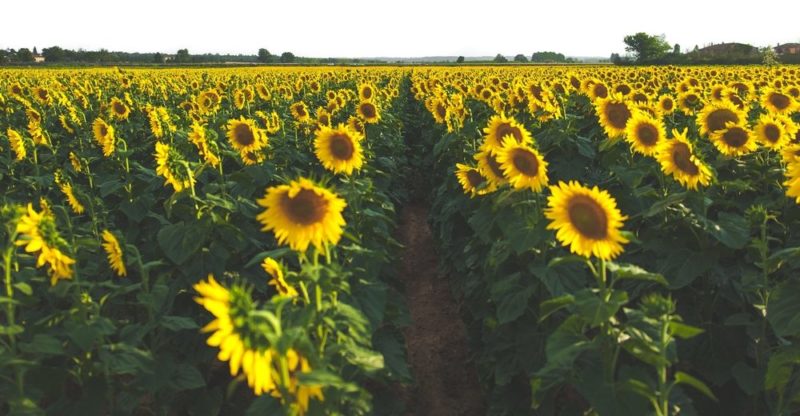
The members of the kingdom plantae lack the ability to locomotion at will , that is, they cannot move when they wish, and they are usually fixed in a substrate (such as the earth). The algae , for example, floating in the water of seas and rivers , moving with the flow, but are unable to decide where to go.
Some plants have the capacity for phototropism, which is a structural movement linked to the way they grow, to encourage a greater encounter with sunlight or to avoid nearby sources of discomfort. However, this movement is tremendously slow and imperceptible.
-
Photosynthesis
The general formula of this process is: H2O ? 2H + + 2e - + ½ O 2
There is a variant of photosynthesis that does not involve oxygen , but other substances such as sulfur , characteristic of certain bacteria that take advantage of hydrogen sulfide instead of water: H 2 S ? 2H + + 2e - + S
Reproduction
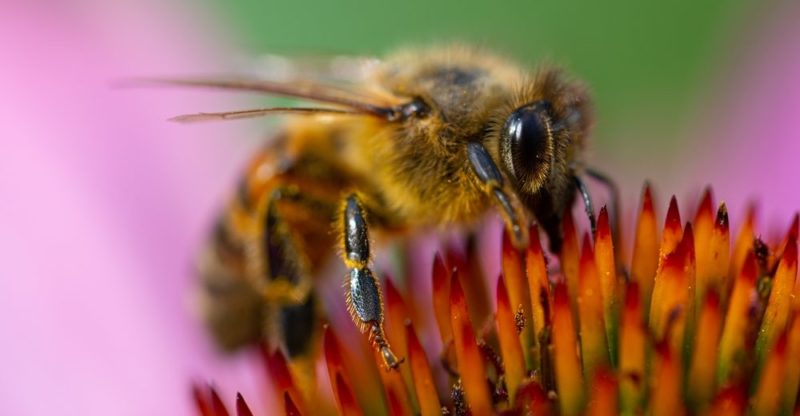
Unlike animals, plant beings reproduce in two different ways: sexual and asexual.
- Sexual reproduction or pollination. It occurs when the action of the wind or wandering insects carry pollen from a flower of one plant to the pistils of another, thus allowing the exchange of genetic material. The flowers thus fertilized then turn into fruit, which matures and falls, being transported by mechanical effects or by the action of other animals to other places where the seed will touch the ground and germinate, producing a new plant.
- Asexual or rhizomatic reproduction. It does not involve the flowers, but other parts of the plant such as roots, stolons or rhizomes, whose growth causes the gestation of an individual genetically identical to the previous one, but young.
-
Evolutionary origin
Habitat
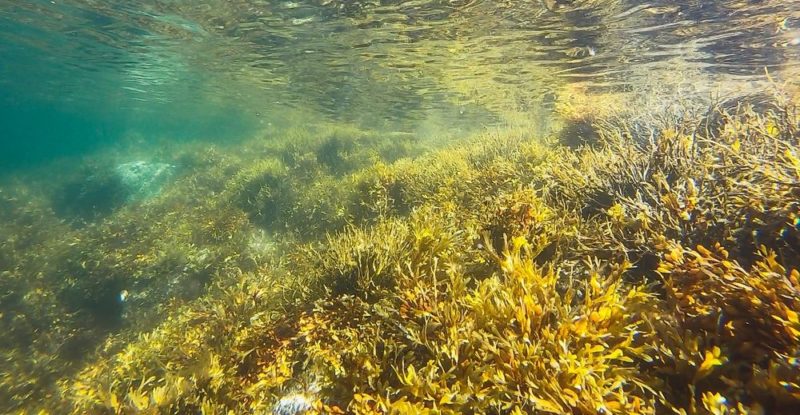
Plants, as they require a fixed habitat to develop, have colonized both water and land , and are present in all known ecosystems . Plant life has adapted to even the most extreme conditions of climate and geography , existing in deserts , tundras and underwater beds.
-
Importance
Threats
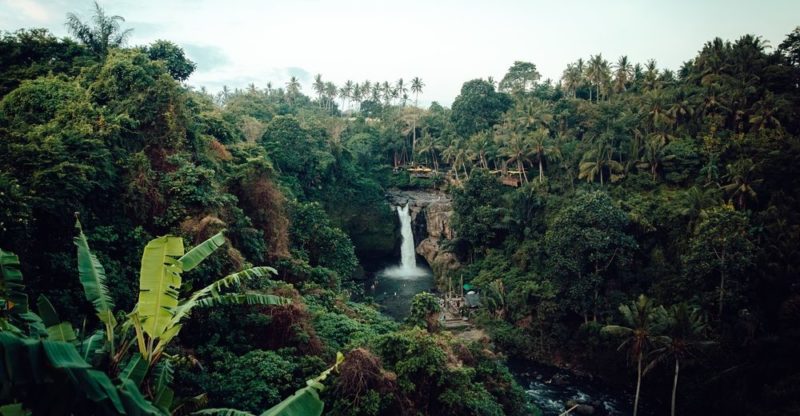
The main threats to plant life on the planet are linked to the activity of human beings . Indiscriminate felling, which drastically reduces the number of large trees in forests and jungles , as well as the chemical alteration of soils and waters, lead to the extinction of species and the imbalance of ecological cycles, resulting in a drastic decrease of plant life on the planet in the last centuries of its existence.
The above content published at Collaborative Research Group is for informational and educational purposes only and has been developed by referring reliable sources and recommendations from experts. We do not have any contact with official entities nor do we intend to replace the information that they emit.
MA student of the TransAtlantic Masters program at UNC-Chapel Hill. Political Science with a focus on European Studies. Expressed ideas are open to revision. He not only covers Technical articles but also has skills in the fields of SEO, graphics, web development and coding. .
Leave a reply
Your email address will not be published. Required fields are marked *Recent post

Sport: What Is It, Types, Risks, Features, Characteristics and Examples

Dogs: Emergence, Features, Characteristics, Feeding and Breeds

Story: Definition, Elements, Structure, Features and Characteristics

